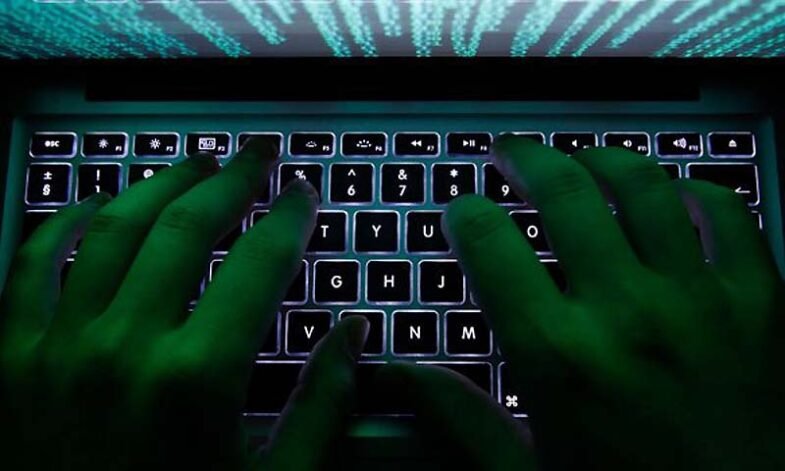A malicious program that is secretly installed on a user’s computer is called a “machine virus. It multiplies and contaminates the user’s PC’s programs and files.

Computer security, often known as cyber security, refers to the safeguarding of data and computer systems against damage, theft, and unauthorised usage.
The same techniques are used to safeguard other valuable or sensitive equipment, such as serial numbers, doors, locks, and alarms, which are often employed to protect the hardware of computers. A malicious program that is secretly installed on a user’s computer is called a “machine virus. It multiplies and contaminates the user’s PC’s programs and files.
We all want to keep our computers and personal information safe in this digital age; therefore, computer security is crucial to protecting our data. By keeping viruses and malware away from our computers, we can preserve their security and also improve system speed.
Hackers often want to gain control of computers so they can launch attacks on other systems. They can watch all actions on the computer or cause damage to it, making it difficult to test the security of computer systems.
Organizations must create policies and procedures to protect their assets, conform to governing requirements, and comply with moral responsibilities. Cybersecurity threats include phishing scams, data theft, and the exploitation of other vulnerabilities in the network.
Unprotected computers can be used to record keystrokes and steal passwords, send spam and phishing emails, gain access to restricted or personal information , infect other systems, conceal programmes, and illegally disseminate music, movies, and software.
Cybersecurity can be categorized into five distinct types:
Critical infrastructure security
Application security
Network security
Cloud security
Internet of Things (IOT) security
Interesting cyber security facts:
The most expensive computer virus in cyber security history is My Doom. This virus caused financial damage of more than $38 billion. 99% of computer users are vulnerable to software vulnerabilities.
Employees pose a threat to cyber security as well with 59% stealing proprietary data when they are quit or fired.
Cybersecurity involves a range of tools, practises, and frameworks designed to protect networks, devices, and data from a variety of cyber threats.
The first step in effectively securing cyberspace is the use of encryption. Encryption is the process of scrambling data to protect it from unauthorized access or theft. This technique is used to protect sensitive information such as login credentials, passwords, and credit card numbers.
The second step is to implement firewalls and other security tools. Firewalls act as a shield between the network and the internet, filtering out unauthorized traffic that may cause harm.
Network security tools such as antivirus software, intrusion detection systems, and virtual private networks (VPNs) help prevent malware from entering a system, detect cyber-attacks, and secure data transmission.
Backing up data is crucial to ensuring the restoration of essential files and applications in the event of a hardware failure or cyberattack.
Cybersecurity also requires behavioural practises and awareness. Employees must be trained in cyber security protocols and be mindful of their actions, such as avoiding suspicious emails, using strong passwords, and not sharing confidential information.
Governments play a crucial role in cyber security. They set up agencies and regulations to enforce cyber security practices and protect critical infrastructure from cyber threats.
For example, the European Union’s General Data Protection Regulation (GDPR) mandates regulations to protect citizens’ personal data. Similarly, the US government established the Cybersecurity and Infrastructure Security Agency (CISA) to lead national efforts to secure cyberspace.
